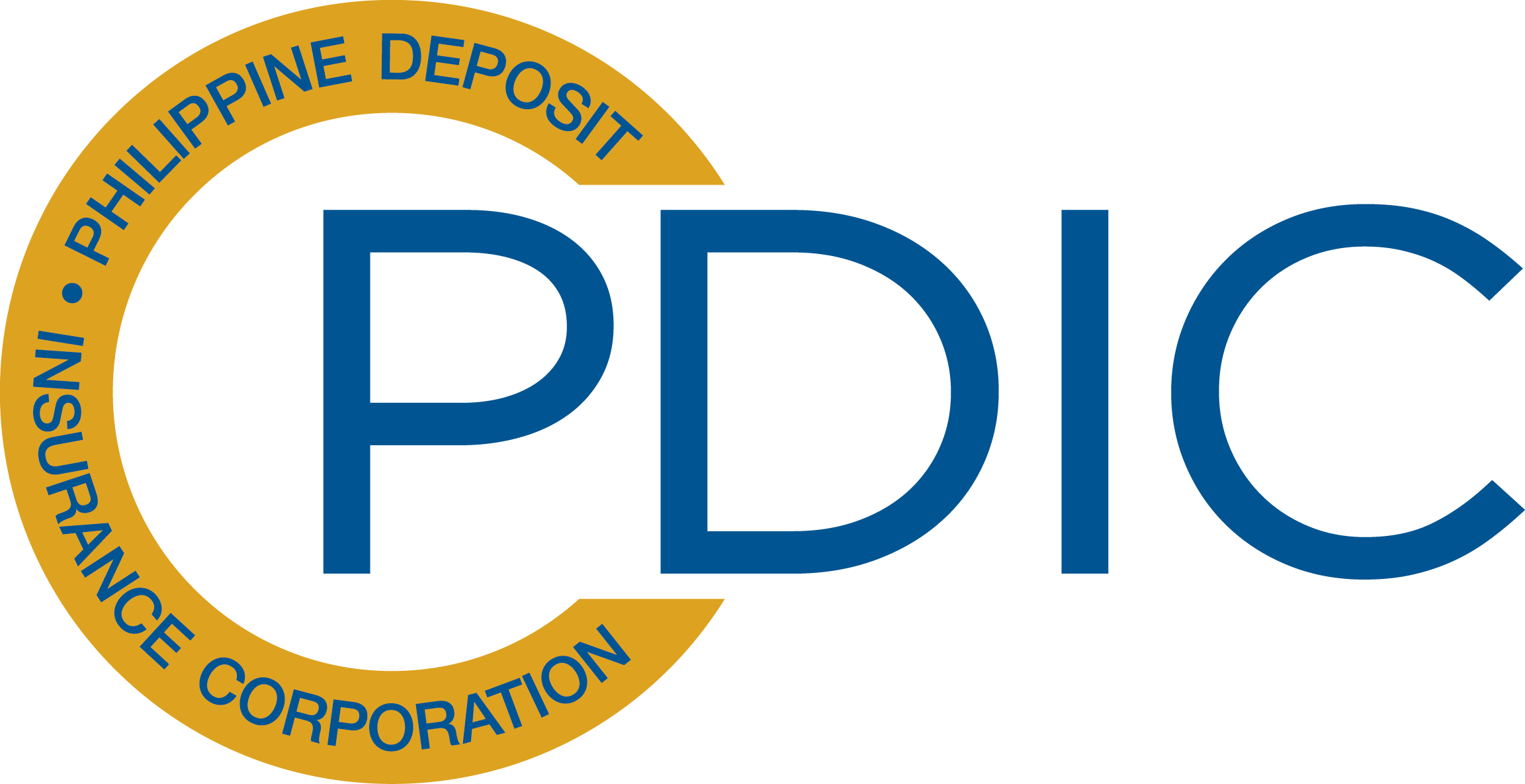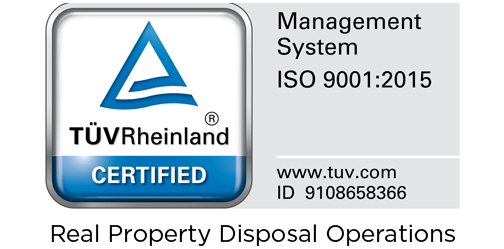| ARCHIVE |
The Euro Currency Dilemma* |
THE fiscal crises besetting the so-called peripheral countries or “PIGS” for Portugal, Ireland, Greece and Spain have adversely affected the other countries of the European Union or EU in various ways and degrees. Germany and France have been the biggest providers of financial support to the crisis-ridden countries. Nowadays, they are beginning to get affected by economic-confidence issues of their own. The common currency, the euro is what these EU members are using to account at least partly for the economic problems that the member countries are facing. Brief history of the euro THE economic objectives of the EU were spelled out by its early predecessor, “the Common Market” when six European countries (France, Germany, Belgium, the Netherlands, Luxembourg and Italy) set up common tariff rates at their borders applicable to goods from the rest of the world. Goods produced within the member-countries could be exported to each other without any tariffs except for certain products. The objective is to create better economies of scale within the “Common Market” and in the process attract investments from nonmember-countries in order to be able to compete within the tariff walls of the member-countries. This policy was generally successful and was followed by greater degrees of economic integration and more members. The Common Market became the European Economic Community and now the EU. Some political integration also followed and now there is a European Parliament and a European Central Bank. Naturally to have common currency was an objective of the European economic integration process. In 1999 the euro was launched as the currency of most member-states. One notable exception was the United Kingdom which stuck to the pound sterling as its currency. The tail that wags the dog THE process of arriving at a common currency was long and difficult. In prior agreements, member-countries agreed to manage the movements of their currencies within certain bands of plus or minus certain reference points. In the Smithsonian Agreement of 1971, it was to be no more than 2.25 percentage points against the US dollar. This did not work well because the dollar had its own volatile movements. The European Monetary System created the European currency units or ECUs as reference and member-countries’ currencies could move only within a band of plus and minus 2.5 percent of the ECU. Please note that for currencies to stay within the prescribed bands, other key economic variables of the member countries should also not stray far from each other. For example, chronic current account surpluses or deficits would put pressure on the relative strength or weakness of the currencies. Inflation, fiscal deficits or surpluses and capital flows would all have impacts on the relative strengths of the currencies of the member-countries. And unless the member-country is able to correct the macro-economic variables that are causing the trend of the currency to strengthen or to weaken, the currency would breach the band. However, breaching the band could be part of the solution because currency movements can be self-correcting mechanism to an economic trend. We come now to the case of the euro and the countries faced with fiscal crises. For example, if Greece was using a currency different from the euro, its currency would have devaluated substantially below the euro over the past two years. Foreign investments and tourists could have inundated Greece to take advantage of the relatively cheap costs because of a depreciated currency. Thus, without the option of allowing the currency to depreciate, countries in fiscal trouble like Greece, Ireland and Portugal have to take more drastic measures and for a longer time on the fiscal side to correct their problems. The privilege of having the euro as currency is the tail that wags the dog for these countries. ‘European political will’ is needed THE EU as an economic body has been a positive phenomenon for global economic development. The euro has provided an alternative although trading currency to the US dollar. The problems and dilemma currently besetting the EU suggest that the basic economic and political structures need major adjustments. This will warrant the will and maturity of the varied constituents of the Union to support. However, the EU countries have proven themselves to be mature and robust democracies and they should be able to realize that the survival of the Union itself is at stake and make the right decisions. _____________________________ |
back |
This website uses information-gathering tools including cookies and other similar technology. Data generated are not shared with any other party. For more information, please refer to our privacy policy.
 PDIC is a government instrumentality created in 1963
PDIC is a government instrumentality created in 1963by virtue of Republic Act 3591, as amended, to insure
the deposits of all banks. PDIC exists to protect
depositors by providing deposit insurance coverage for the depositing public and help promote financial stability. PDIC is an attached agency of the Bangko Sentral ng Pilipinas.

Questions? Need Help?
Click Frequently Asked Questions
Trunkline.: (632) 8841-4000
Hotline: (632) 8841-4141
(for Metro Manila clients)
Fax No.: (632) 8841-4085
Email: pad@pdic.gov.ph
Client outside Metro Manila may call
Toll Free: 1-800-1-888-7342 or
1-800-1-888-PDIC

.png?Monday; April 29, 2024)

Hotline: (632) 8841-4141
(for Metro Manila clients)
Fax No.: (632) 8841-4085
Email: pad@pdic.gov.ph
Client outside Metro Manila may call
Toll Free: 1-800-1-888-7342 or
1-800-1-888-PDIC

.jpeg)
.png)


